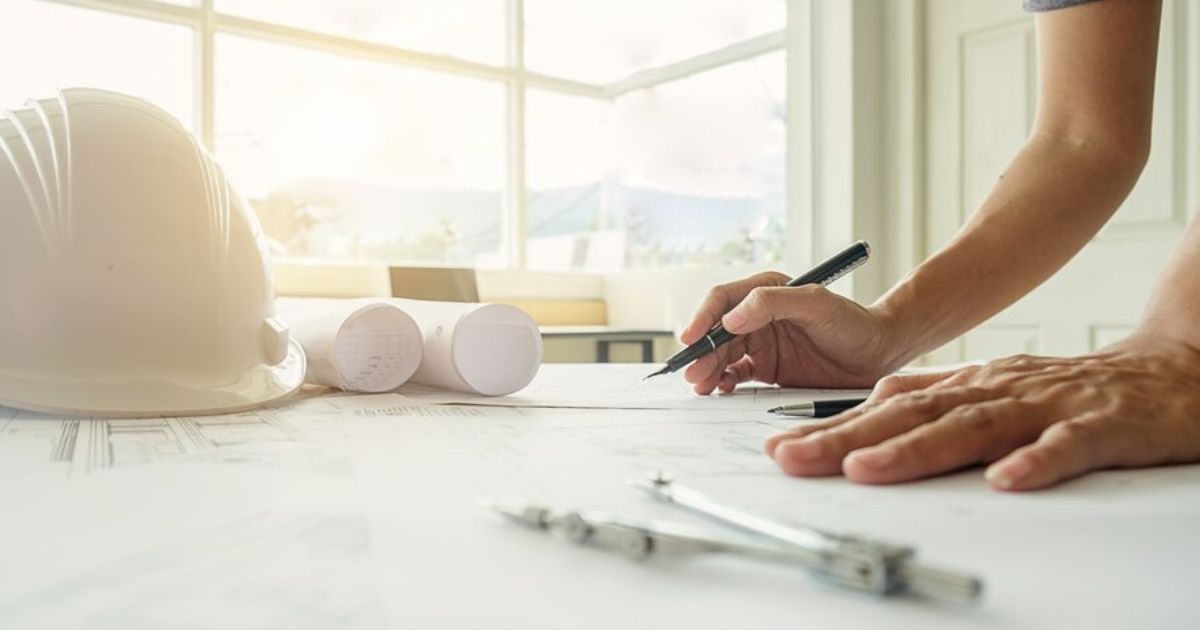In the world of construction and design, architects in Chennai and engineers form a symbiotic partnership that ensures every structure is both visually appealing and structurally sound. While architects focus on the aesthetic and functional aspects of a design, engineers bring their technical expertise to ensure the building’s stability and safety. Together, they bridge the gap between art and science, creating spaces that are both inspiring and resilient.
This article delves into the collaborative relationship between architects and engineers, exploring how their combined efforts result in structures that stand the test of time.
The Distinct Roles of Architects and Engineers
Architects: The Visionaries of Design
Architects are responsible for conceptualizing and designing a building’s appearance and layout. They prioritize functionality, aesthetics, and user experience while ensuring the design aligns with the client’s vision. Key responsibilities include:
- Developing blueprints and design plans.
- Considering factors like space utilization, natural light, and ventilation.
- Ensuring designs meet building codes and zoning regulations.
Engineers: The Guardians of Structural Integrity
Structural engineers focus on the technical aspects of a building, ensuring it can withstand physical forces and environmental conditions. Their responsibilities include:
- Calculating load capacities and stress points.
- Selecting materials based on strength, durability, and cost-effectiveness.
- Addressing challenges like seismic activity, wind loads, and soil stability.
While their roles differ, the collaboration between architects and engineers begins early in the design process, allowing both to contribute their expertise effectively.
Collaboration in Action
1. From Concept to Feasibility
When an architect creates an initial design, engineers evaluate its feasibility. This stage involves:
- Load Analysis: Engineers assess the structural loads—dead loads (the building’s weight), live loads (occupants and furniture), and environmental loads (wind, earthquakes, snow).
- Material Selection: Engineers recommend materials based on the design, budget, and environmental factors. For example, steel might be chosen for skyscrapers due to its strength, while timber may be ideal for sustainable residential projects.
By working together at this stage, architects and engineers ensure the design can be realized without compromising safety or aesthetics.
2. Refining the Design
As the project progresses, architects and engineers collaborate to refine the design.
- Addressing Structural Challenges: Engineers propose solutions to design elements that may not be structurally viable. For instance, a cantilevered balcony may require additional reinforcement to ensure stability.
- Incorporating Engineering Elements into Design: Architects often integrate structural components like beams or columns into the overall aesthetic. This blending of function and form enhances the building’s visual appeal while maintaining integrity.
Effective communication between the two disciplines ensures design adjustments align with both vision and practicality.
3. Addressing Site-Specific Challenges
Every construction site presents unique challenges, such as soil conditions, weather patterns, or nearby structures.
- Geotechnical Input: Engineers analyze soil stability to design suitable foundations, while architects adapt designs to account for site constraints.
- Environmental Considerations: In flood-prone areas, architects and engineers might collaborate on elevated structures or water-resistant materials.
This partnership ensures that the building interacts harmoniously with its environment.
Key Areas of Collaboration
1. Seismic and Wind Resistance
For structures in regions prone to earthquakes or high winds, engineers ensure buildings can withstand these forces. Architects collaborate by designing with these considerations in mind, such as incorporating aerodynamic shapes or seismic dampers into the design.
2. Sustainable Design
With a growing focus on sustainability, architects and engineers work together to minimize a building’s environmental impact.
- Energy Efficiency: Engineers help optimize HVAC systems, while architects design for natural ventilation and lighting.
- Material Innovations: Engineers suggest eco-friendly materials, and architects integrate them into aesthetically pleasing designs.
3. Complex Structural Designs
Iconic structures like twisting skyscrapers or expansive bridges require seamless collaboration. Architects push the boundaries of design, while engineers develop innovative solutions to make those visions a reality.
Tools and Technologies Enabling Collaboration
Modern technology plays a significant role in bridging the gap between architectural and engineering disciplines.
1. Building Information Modeling (BIM)
BIM software allows architects and engineers to create integrated 3D models of a project.
- Shared Data: Both disciplines can access real-time updates, reducing errors and ensuring consistency.
- Conflict Resolution: BIM helps identify and address clashes between design and structural elements early in the process.
2. Structural Analysis Software
Engineers use specialized software to simulate stress and load scenarios, providing architects with insights into design feasibility.
3. Virtual Reality (VR) and Augmented Reality (AR)
These tools enable architects and engineers to visualize designs in immersive environments, facilitating better communication and decision-making.
The Importance of Communication
Strong communication is the cornerstone of successful collaboration between architects and engineers.
- Regular Meetings: Frequent discussions ensure both parties stay aligned throughout the project.
- Clear Documentation: Detailed blueprints, specifications, and reports help prevent misunderstandings.
- Conflict Resolution: Open dialogue allows for compromises when design and structural requirements conflict.
Fostering a culture of mutual respect and understanding ensures both architects and engineers can contribute their best to the project.
Challenges in Collaboration
Despite their shared goals, architects and engineers sometimes face challenges:
- Differing Priorities: Architects may prioritize aesthetics, while engineers focus on functionality and safety.
- Budget Constraints: Cost considerations can limit design ambitions or structural solutions.
- Time Pressures: Tight deadlines can strain collaboration, leading to compromises.
Addressing these challenges requires flexibility, creativity, and a commitment to the project’s success.
Conclusion
The partnership between the best architects in Chennai and engineers is the backbone of modern construction. By combining creativity and technical expertise, they create buildings that are not only visually striking but also structurally sound. Their collaboration ensures that every project meets the highest standards of safety, sustainability, and functionality.
As technology continues to advance and design challenges grow more complex, the relationship between architects and engineers will become even more vital. Together, they will continue to push the boundaries of what’s possible, shaping the future of the built environment.

